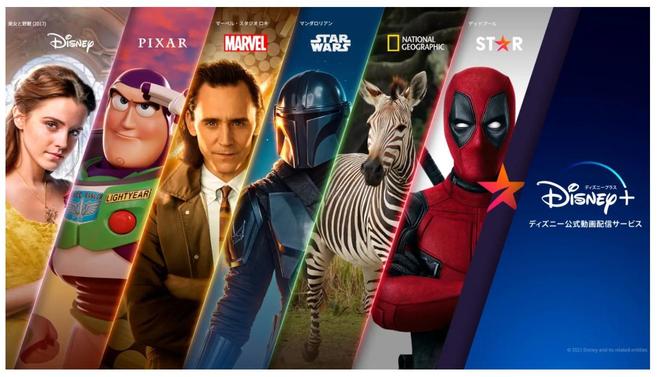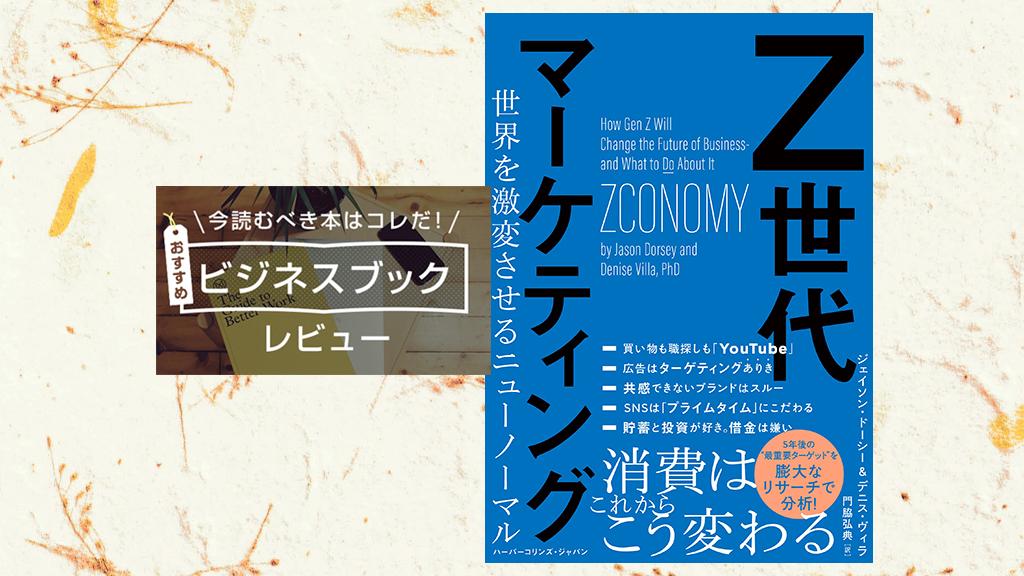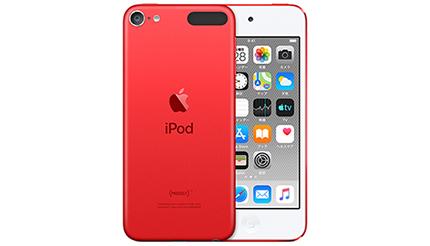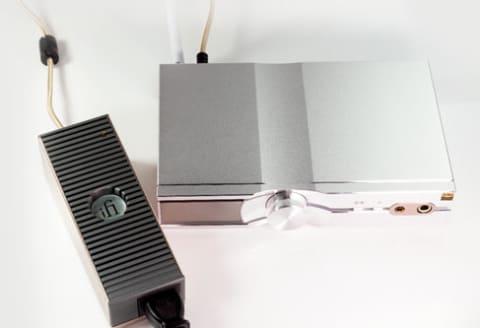From February 22, 2022 to March 31, 2022, KDDI will digitally exhibit 3DCG models of works designed by students at "GINZA 456 Created by KDDI" (hereinafter referred to as GINZA 456). The "XR Fashion Exhibition" is being held.
In this article, along with introducing the "XR Fashion Exhibition" being held at GINZA 456, the first half features an interview about KDDI's efforts and prospects for sustainable manufacturing that combines XR and apparel. In the second half, we have posted a report on the event content of the "XR Fashion Exhibition".
This event is the first of the project "Fashion meets Technology in SHIBUYA", which started in November 2021. Designs produced by students at Belle Epoque Beauty College (hereinafter Belle Epoque) in Shibuya will be presented as Tokyo Fashion. It was digitized with 3DCG and exhibited in collaboration with Technology Lab (TFL).
Interview with KDDI staff "XR technology for solving problems in the apparel industry"
This time, we interviewed Mr. Fujikura from KDDI's 5G/xR service planning and development department and Mr. Nakao from KDDI's public relations department. , the possibility of environmental protection by combining the apparel industry and XR technology, and future prospects.
──Is the combination of the apparel industry and XR technology currently effective in terms of environmental protection? Also, what kind of possibilities do you see in the future?
Fujikura: In fact, the apparel industry emits a large amount of CO2 throughout the entire supply chain, and is an industry that places a large burden on the environment. According to some data, it is said that about half of what is produced is incinerated and emits CO2. First, by digitizing the product before it is supplied, if we can create a flow in which the product is confirmed before it is purchased before it is produced, we can eliminate the waste of mass production that has existed until now. is why we are approaching with XR.
Our current initiative is to reduce the amount of wasteful sample production by using XR technology to check the product as if it were the actual product at the product planning stage. The project started in September last year, and we are promoting the reduction of resources that are discarded during the sample production process. By digitizing samples, which are generally produced about four times, except for the final confirmation before delivery, the amount of wasted fabric can be reduced to 1/4.
──I think that 3D modeling and CAD technology are already used in the process of making clothes, but I think it's very easy to understand the process of taking it one step further and displaying the prototype stage in CG. I was.
Fujikura: It's actually only recently that the fashion industry has begun to use 3D modeling. Those who are familiar with IT feel that more and more people are creating virtual SNS avatars and clothes, but 3D modeling has not yet penetrated the apparel industry at all, and real clothes are made with analog patterns. There are many cases.
One of the reasons is that the fabrics we work with are soft materials, and to reproduce the texture of the real thing, we need a high-load simulation, so compared to the automobile industry or the home appliance industry, the production process is slow. Digitization is not progressing. Under such circumstances, we are searching for ways to reduce the environmental impact of the apparel industry.
──Conversely, students who are learning right now may be more familiar with digital technology than those who are working in the industry now.
Fujikura There are so-called clothes creation software such as ``Marvelous Designer'' and ``CLO'', and recently they have been introduced to vocational schools. However, this has only recently begun, and it is a field that will continue to advance.
──It's a technology that hasn't been introduced in the apparel industry, so I tried to approach it from that direction.
Fujikura: That's right. The point of digitization is that if you use the digital pattern paper, you can bring it to production as it is, and you can also use it as a demand forecast before selling it to research and market what products are in demand. Yes. Furthermore, if you use XR, you can perform confirmation work just like in reality. I would like to propose such a place.
Nakao: XR also has no location restrictions.
Fujikura: Until now, the apparel industry had to rent out exhibition halls and invite customers to their own showrooms to experience them. You can also interact with In the future, it will be possible to share data with each other while wearing smart glasses and perform confirmation work such as "Please fix this here".
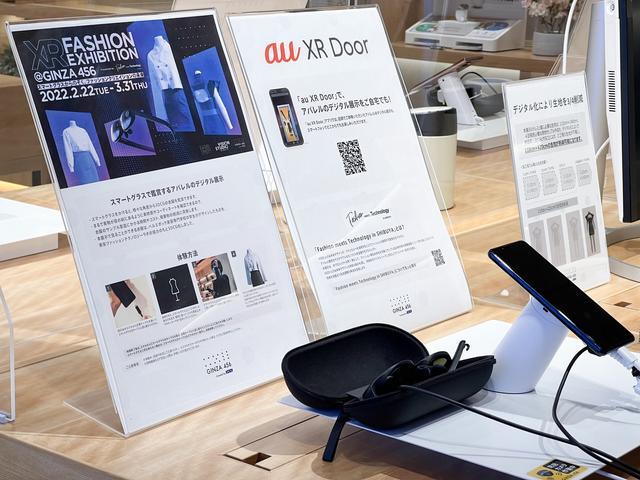
Nakao: One of the features of XR is that it can share space. Until now, online communication was mainly through screens and text-based communication, but I think it's an interesting possibility that you can communicate as if you were in the same space.
──Were there any positive changes for the students as a result of this digital initiative?
Fujikura Belle Epoque, who provided the design this time, is an educational institution that trains fashion salespeople, but the way apparel is sold has changed, and it's no longer just about serving customers at the store. There are situations where There are various things such as EC, live commerce, and transmission on SNS. Although it is different from this exhibition, they were interested in virtual fitting as something they would like to incorporate in the future, saying, "This can be done from the consumer's point of view."
TFL, who is collaborating with Belle Epoque this time, is a school that trains human resources to create virtual fashion. I teach, and this work was made in the class.
──Were there any requests from the students, such as whether it would be possible to combine XR technology as a new sales method?
Fujikura Yes. The school held a workshop on how sales should be in the future.
──Where did you come up with the idea of displaying clothes in the streets of Harajuku and Ginza, which was in line with the content?
Fujikura: I made a proposal from here. When I suggested that Belle Epoque take a look at the XR demo and tell them what it could do, I proposed that it be exhibited in an actual city, and it was adopted. Ginza is a city with many high-brand stores, and Harajuku is a city of youth apparel. I think there is meaning in being able to send out your own work in such a place.
──How will this initiative develop in the future?
Fujikura: This initiative started with a project called "Fashion meets Technology in SHIBUYA" launched with "Shibuya Mirai Design" in November last year. As I mentioned earlier, there are various issues in the fashion industry, and the current apparel industry is not doing well, so many students are worried about pursuing fashion. The concept is to use the power of technology to solve such problems, and to transmit from Shibuya, the mecca of apparel in Japan. As the first step, we teamed up with Belle Epoque, but in the future, we will continue to work with other schools and incorporate it not only in schools but also in apparel brands, so that it can lead to actual business. I'm going to take a look at the place, and I'm going to develop a lot of things.
Highlights of the XR Fashion Exhibition
From here, we will introduce GINZA 456 and the "XR Fashion Exhibition" that you can experience on KDDI's XR service "au XR Door".
At GINZA 456, you can appreciate clothes made by Belle Epoque students using smart glasses "NrealLight".
Using NrealLight's 6DoF performance and KDDI Research Institute's VPS (*a service that specifies location information including orientation), clothes appear in the position intended by the creator. This time, you can only appreciate clothes, but I felt the possibility as an example of using NrealLight.
You can also experience KDDI's XR service "au XR Door" without going to the site. In the app version, you can enter the "door" displayed in AR on your smartphone and watch it while approaching and wrapping around the clothes. Even in the web version, you can easily check clothes in a 360-degree VR space, so please browse in an environment that suits you.
Starting March 3rd Connecting Project "Negai Tsunagu Sakura"
If you are going to GINZA 456 to experience the XR Fashion Exhibition, KDDI will hold a "Connecting Project" at GINZA 456. How about also experiencing the new project "Negai Tsunagusakura" following "Catch and Collect Boundless Flock of Butterflies" and "HOKUSAI REMIX"?
This is the first basement floor of GINZA 456, and three walls other than the back are full-screen monitors, and you can experience the production of cherry blossoms in full bloom. Incense is burned and KitKat souvenirs are prepared for you to enjoy not only with your sight and hearing, but also with your senses of smell and taste.
There is also an attempt to combine brain tech and cherry blossom viewing, where customized cherry blossoms bloom by analyzing the brain waves of participants.
Because it is a reservation system, let's make a reservation from the website and go play.
●XR Fashion Exhibition Schedule: Tuesday, February 22, 2022 to Thursday, March 31, 2022 Website: https://ginza456.kddi.com/contents/appareldx/AR version site: https:/ /www.xrdoor.xreality.au.com/top/#/detail/VirtualFashion/Belle_2022
Wish Tsunagu Sakura Schedule: March 3, 2022 (Thursday) to May undecided Website: https://ginza456.kddi.com/contents/sakura/
(TEXT by Sasanishiki)

